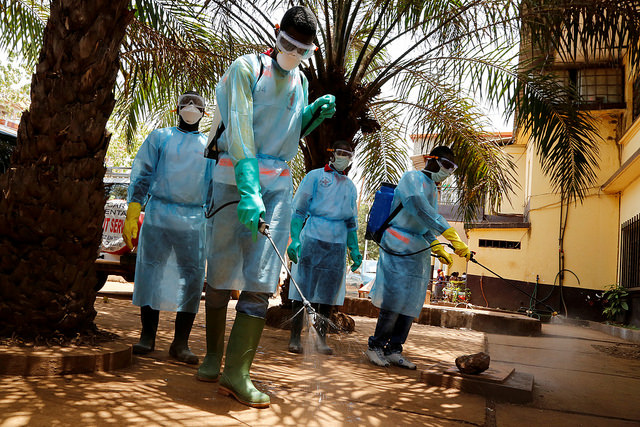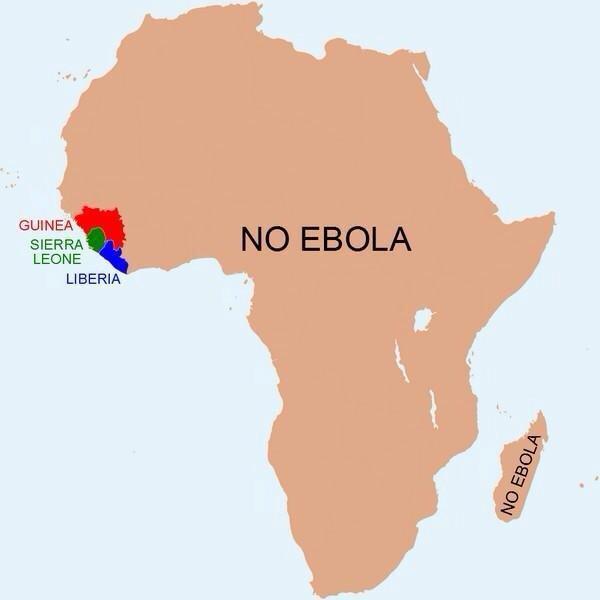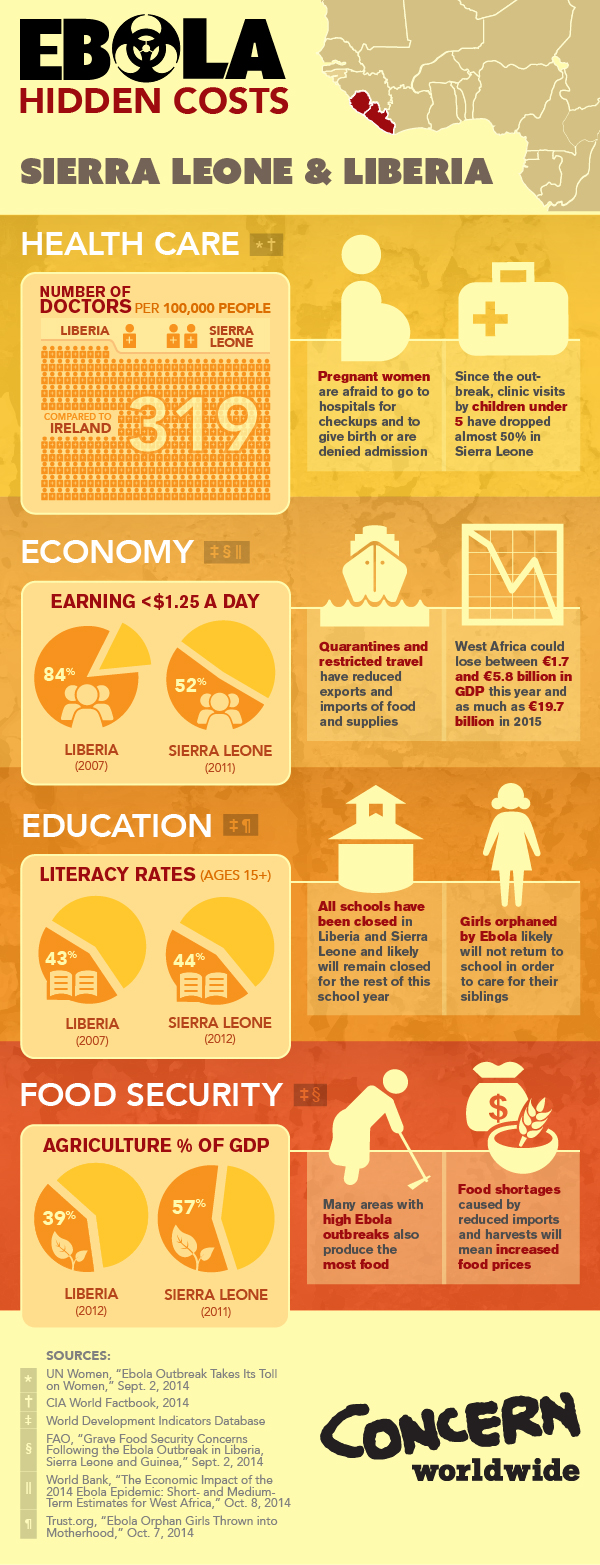
The past few weeks have witnessed an avalanche of discussion and debate on the 30th anniversary remake of Band Aid by Bob Geldof and Midge Ure with its emphasis on the Ebola crisis which threatens to become, according to Oxfam ‘the definitive humanitarian disaster of our generation’.
In typical swashbuckling style (and much to the annoyance and ire of the ‘aid and development industry’), Bob and Midge have upped the ante on public awareness (if not understanding) of the issue. The hype offers a useful opportunity to discuss and debate the Ebola crisis, public awareness on emergency situations and related elements.
Just this week, TIME magazine announced its Person of the Year: Ebola frontline fighters. Five men and women health workers are featured.
Here are some of the debates on Band Aid and celebrity activism:
- Band Aid 30 – those in favour and those against on Dóchas blog (20 Nov 2014).
- “The clanging chimes of doom”…Oh no, wait, that’s just Bono by Ciara Regan (25 November 2014) on developmenteducation.ie
- Notes from Kampala: despite Ebola ‘Africans’ do know it’s Christmas…again by Toni Pyke (19 Nov 2014) on developmenteducation.ie
- Aid: four debates explored by Bertrand Borg, Mary Rose Costello and Colm Regan (2010) extract from 80:20 Educating and Acting for a Better World. See debate 1 on ‘The ‘Bono effect’ – aid as a celebrity magnet.
As regards Ebola itself, there are a number of excellent resources available to support enquiry and learning, notably from Oxfam UK: https://www.oxfam.org.uk/education/resources/ebola
The resources explore what caused this crisis, what its effects are and how it can be tackled. The Oxfam resources – Behind the Crisis – offer:
- a teacher’s guide (and it is equally useful outside formal teaching contexts)
- a PowerPoint presentation (a brilliant tool)
- a workshop plan (using an ‘issue tree’ methodology)
- a (limited) information sheet and
- links to a set of audio and video clips.
The curriculum links (UK) are also useful for reflecting on integrating the issue into subject areas. It comes as a highly recommended resource!
Kenya-based Mail and Guardian Africa have produced a very interesting piece by Christine Mungai which traces the evolution of the virus and includes an historical table on outbreaks since 1976.
A wide range of articles, maps, graphics and debates on the virus can be found at the Poverty to Power blog. Here are some excellent graphics on the crisis:

A set of World Health Organisation graphics can be accessed (along with very useful map); and another excellent graphic by Will Anderson on the facts and figures behind the virus.
Focusing on the issue of Ebola rather than the hysteria of Band Aid
There should be plenty in the above materials to generate a productive discussion and to provide a backdrop to the arguments about Band Aid (cringy or what?) focused on the issue rather than the hysteria.
At the risk of sounding like an apologist for Midge, Bob and Band Aid, I disagree with a lot of the criticisms and attacks; something I will come back to shortly (having written at length about the first Band Aid foray into ‘developmentland’ in 1986).
Responses to Ebola from Ireland:
- The analysis and response to the virus by the Irish Government via Irish Aid and Irish civil society (2 Oct 2014).
- Dóchas, the Irish Association of Non-Governmental Agencies has issued a briefing on the issue and the needed response (22 Oct 2014) urgently calling on the international community to scale up its mobilisation in the affected countries.
and on the sites of the individual aid and development agencies from Ireland, including:
- Concern Worldwide
- Trócaire
- Christian Aid
- Plan Ireland and recent blog by Plan’s emergency response manager
- Médecins Sans Frontières Ireland
- UNICEF Ireland
- Goal
Note: on the subject of small countries and aid and development policies see an interesting blog from Oxfam’s Duncan Green following a visit last week to deliver a Kapuscinski lecture (Storify pickup here).
Infographic: Ebola’s hidden cost by Concern Worldwide


